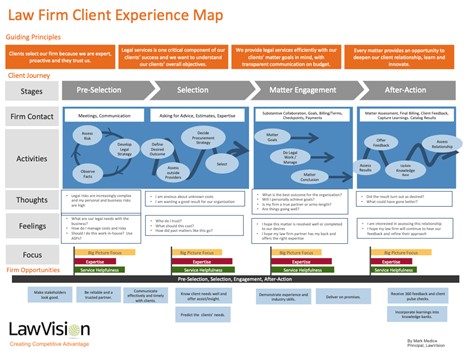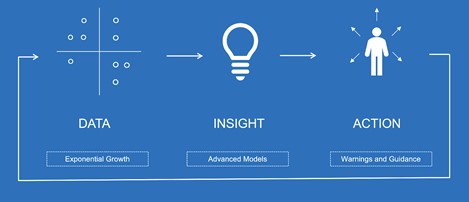Posted on February 16, 2021 by Mark Medice
I am enjoying the discussion going on these days about hourly billing.[1] Rachel Barnett of Brooks Brothers recently outlined a well-articulated view of the negatives of the billable hour. Colin Jasper then turned the topic upside down by pointing out some of its client virtues. Colin went on to make the point that nearly every major law firm is open to creative fees, concluding that the power to change rests in the client’s hands. He headlines his discussion with the proclamation that the billable hour has ended – “long live the billable hour.”
Hourly billing rates aren’t evil; they just don’t fit all circumstances. And they are over-used and emphasized – with over 80% of all large law firm services today conducted via the billable hour, a statistic that has hardly budged for decades. As Rachel points out, this leads to undesirable consequences (e.g., misalignment of client objectives, barriers to advances in technology and law, work-life balance pressures)
Hourly billing dominates in large law today because of process friction, billing tradition, and lack of clarity around service definition and price. Clients and firms are familiar with hourly rate mechanics, whereas valuing legal services in units besides time can be tricky. Thus, change is slow, but I believe the foundations are coming together to make things happen more quickly in the coming years.
Pricing 2.0
Imagine a world where alternative pricing represents 85% of legal fees, a place called Pricing 2.0. In this environment, firms and clients are comfortable with service-based pricing, success fees, productized services. Here, service definition is standardized, bringing transparency and comparability in the marketplace. This more efficient marketplace enables cost controls, process optimization, and clear client communications. It also provides the foundation for ongoing improvement and innovation to transform legal service delivery. Hourly billing is deployed less often here.
So how do we get to Pricing 2.0? Below I offer an initial framework for the journey to this new world.
Pricing 2.0 Conditions


Final point. This is a journey, not a destination. The frustration held by many related to pricing change is the lack of movement on the maturity curve. Let’s consider the elements above (and others) to begin the journey towards a better place. Then we can spend less effort on the mechanics and more on the outcomes.
*********************
About the Author: Mark Medice is a Principal at LawVision and leads the Financial Performance and Data Science Practice. He has over 20 years of leadership experience providing and applying data solutions to the most pressing challenges facing law firm leaders. Mark spent over 10 years at Thomson Reuters, where he launched and led the Peer Monitor program. During that time, he created the Peer Monitor Index (PMI), which is widely used throughout the legal industry. Mark also co-chair's LawVision's Innovation Roundtable and is a member of a number of industry think tanks and standards boards like SALI.
[1] Brooks Brothers General Counsel Rachel Barnett kicked of the latest cycle with her excellent article entitled, Down with the Billable Hour, https://www.law.com/global-leaders-in-law/2021/02/04/down-with-the-billable-hour/. Colin Jasper followed with a unique but compelling perspective making the case for hourly billing on behalf of the client side, https://positivepricing.com/2021/02/clients-wish-granted-with-the-end-of-the-billable-hour/.
[2] You are thinking this is hard? It may be but there are a whole army of people globally who are marching to create standards to help map the legal genome. One example is Standards Advancement for the Legal Industry (SALI, Sali.org), a cross-industry consortium of key voices in pursuit of the mission towards work type standardization and transparency. One of the secrets of bodies like SALI is not just the standard but the community of change agents that are created to help the industry move forward.
[3] Note that firms will still likely need to record time or use smart software to calculate cost of production, drive efficiency and to do process design and innovation.
[4] See legalmetrics.com led by David Cunningham. For those unacquainted, LegalMetrics not only is helping in the definition of industry-wide metrics, but also is creating what I refer to as a data highway to facilitate transmission of relevant, key metrics like diversity and financials.